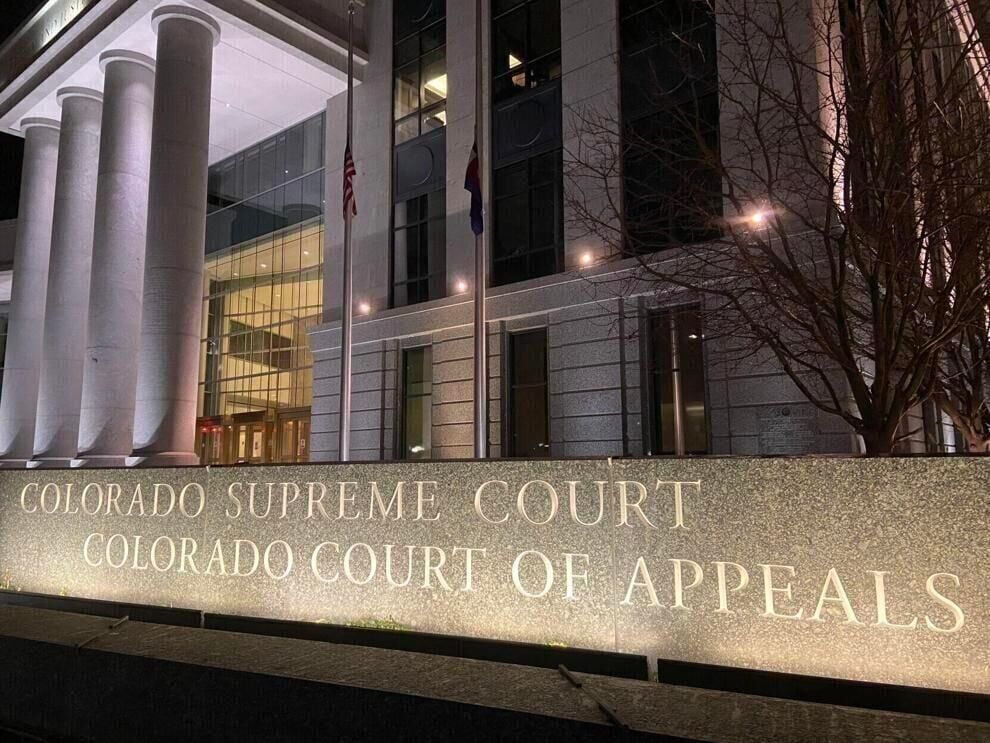Colorado justices approve changes to rules governing magistrates’ decisions

The Colorado Supreme Court recently approved a set of revisions to the rules governing magistrates, which judges have long recognized as confusing.
Although the justices adopted the package in early September, they later changed how the rules take effect. Originally, the revisions would have been effective for new cases starting on Jan. 2, 2026. After hearing concerns, the Supreme Court clarified that the new rules apply to orders issued after that date, not whole cases.
Some cases “go on for 10 years, and you may see orders that keep coming back and forth,” Justice Richard L. Gabriel explained at the court’s Civil Rules Committee meeting on Nov. 7. The change is “set for Jan. 2 so there’s a little bit of time for people to get used to the idea.”
Magistrates are judicial employees who are not judges but who handle aspects of cases in the trial courts. Litigants may consent to magistrates being the final decision-maker in certain proceedings, but judicial rules also permit magistrates to address matters without consent. In those circumstances, before an appeal can be taken to the Court of Appeals, a litigant must seek review from a district judge.
As far back as 2009, one member of the Court of Appeals deemed the rules a “confusing appellate labyrinth” that most endangers self-represented litigants in domestic relations and juvenile matters who are unsure of the proper steps for challenging a magistrate’s order.
Crucially, the new rules alter the path for litigants to seek review of magistrates’ decisions. As initially proposed, all appeals would go through a district judge first, and then to the Court of Appeals. But as adopted, the Supreme Court limited a district judge’s review, in cases where the litigants consented, to determining whether “consent was properly given.” If so, the litigants will receive the green light to go to the Court of Appeals.

Attorney Christopher J. Linas, who commented to the Supreme Court about the rule change, said the question of whether litigants properly consented to a magistrate is almost never an issue in his experience.
“I think this is an improvement from the old rule because there is less risk of filing your request for review in the wrong court — the review process always starts with a district court judge now,” he said. “However, I would have preferred it if a district court judge could review the full merits of a magistrate’s order in every case. The district court review process is significantly simpler, less formal, less expensive, and faster than the process in the Court of Appeals.”
Among the other changes, district judges will have the option to return a case to the magistrate for further work. Under the current rules, the judge’s options are limited to adopting, rejecting or modifying the magistrate’s order.
Also, magistrates will gain the ability to reconsider their decisions at a party’s request.
Compared to district judges, magistrates with a family law background “are often more experienced, but there’s no way for them to review their orders. I had magistrates that innocently left out a couple of the issues that were on the table at a hearing,” said Maha Kamal, a family law attorney. “It was leading to this volume of appeals, which then burdens the district court judges to then fix these minor things.”
She added that “a lot of district court judges don’t reverse what a magistrate has done unless it’s blatantly wrong.”
Finally, the new rules require litigants to be advised of their right to have a district judge handle their case, in order for their consent to a magistrate to be valid.
“Overall, I think the final amendments are an improvement when compared to the old rules,” said Linas. “Having a procedure for magistrates to reconsider their own orders and giving district court judges a deadline to review magistrate orders are huge, positive changes. I thought the proposed rule change would have been even better, but my quibbles with what we ultimately got are relatively minor.”











